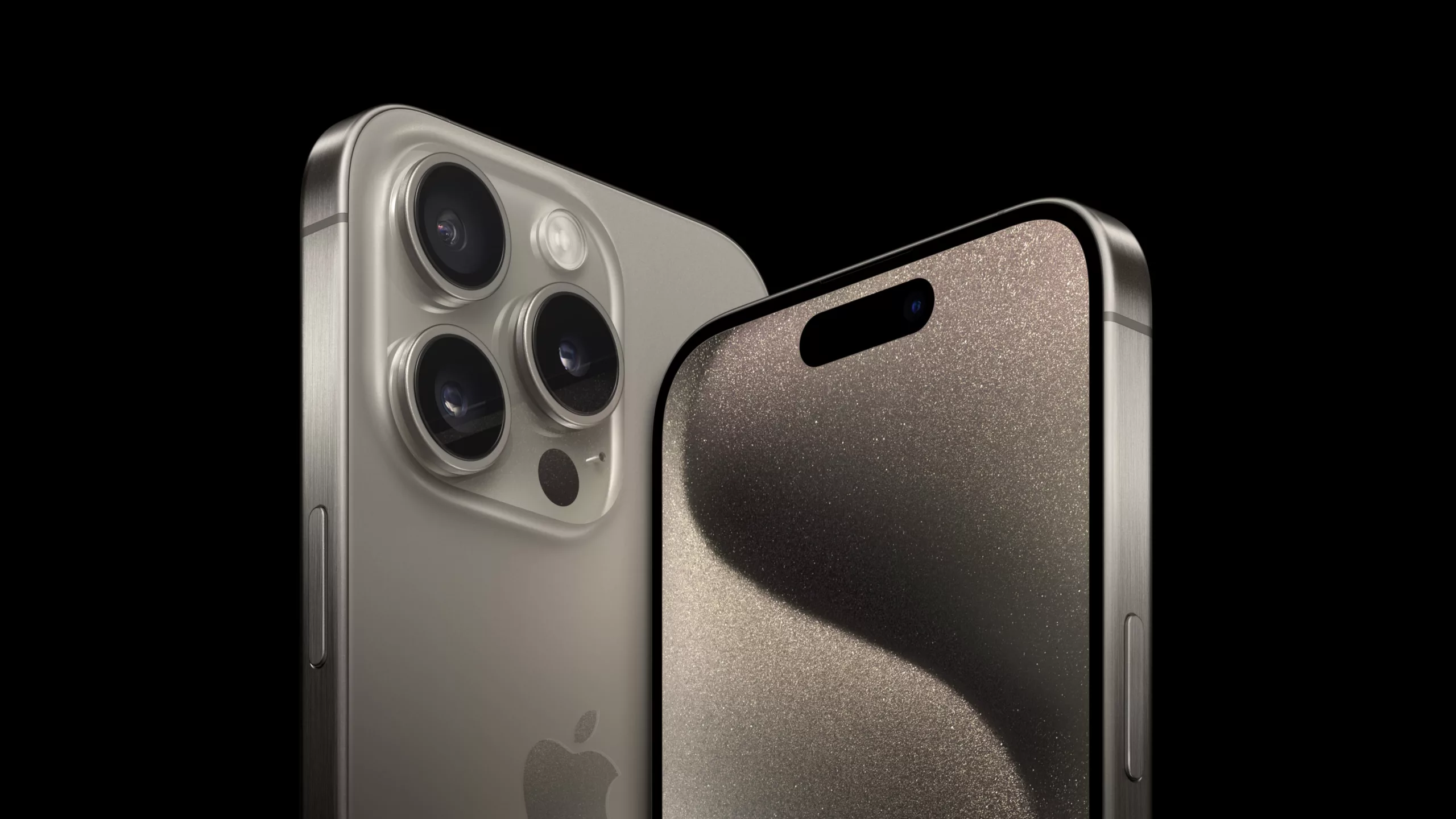Apple’s recent announcement of the iPhone 15 has set the internet abuzz. The phones have started hitting the shelves of vendors in Nigeria. While there’s no denying the excitement surrounding the new iPhone 15 series, it’s also crucial to approach this purchase with a dose of reality, especially since it’s Apple we’re talking about. Here are five key things you should be aware of before deciding to buy the iPhone 15.
Not All USB-C Ports Are Created Equal
The inclusion of USB-C ports in the iPhone 15 series is undoubtedly a noteworthy development. Apple has finally embraced the USB-C standard for its MacBooks and iPads, albeit with a slight twist. The USB-C ports on the iPhone 15 and 15 Plus are limited to USB 2.0, an outdated and notably slower standard—the same as the old lightning platform. To access the faster 10GB/s USB 3.0, you’ll need to opt for the flagship iPhone 15 Pro or iPhone 15 Pro Max, thanks to their dedicated USB controllers within the A17 Pro Soc chipset.
iPhone 15 and 15 Plus Aren’t Clear Upgrades from iPhone 14
Navigating the realm of iPhone upgrades can be somewhat perplexing. This year’s vanilla models (the iPhone 15 and 15 Plus) share the same A16 Bionic SOC as last year’s flagship models (the iPhone 14 Pro and 14 Pro Max). The camera configurations are nearly identical, with the exception of the additional telephoto lenses on the 14 Pros. Even the design aesthetics show striking similarities. While the iPhone 15s do introduce USB-C, as mentioned earlier, it’s constrained to USB 2.0 speeds. If you’re upgrading from a 14 series iPhone, the real advancement lies in the iPhone 15 Pro or 15 Pro Max.
Some Features Are Location-Dependent
Apple’s innovative features, such as Roadside Assistance and Crash Detection, are not yet available in Nigeria. Crash Detection, introduced with the iPhone 14 series, automatically contacts emergency services in the event of a severe collision. The iPhone 15 includes a similar feature called Roadside Assistance, which allows you to request help during car troubles when you’re outside of cellular or Wi-Fi coverage. These features are undoubtedly valuable in emergencies but are currently limited by location, and Nigeria is not among the supported countries.
E-SIM Continues to Be an Option
Last year, Apple introduced E-SIM-exclusive iPhones, a welcome addition for many users. Fortunately, physical SIM cards remain an option, and this approach continues with the iPhone 15 models. You can choose from E-SIM-exclusive models or models that support both traditional physical SIM cards and modern E-SIM technology. Understanding your specific needs is vital before making a selection.
Trade-In Your Old iPhone for the iPhone 15
If you’re eager to become the proud owner of the newly launched iPhone 15 models, you may have the opportunity to trade in your old phone and make a minimal additional investment. Reach out to us via Instagram @ogabassey to explore this trade-in option.
Are you planning to purchase one of the iPhone 15 models? Share your thoughts in the comments below.”




